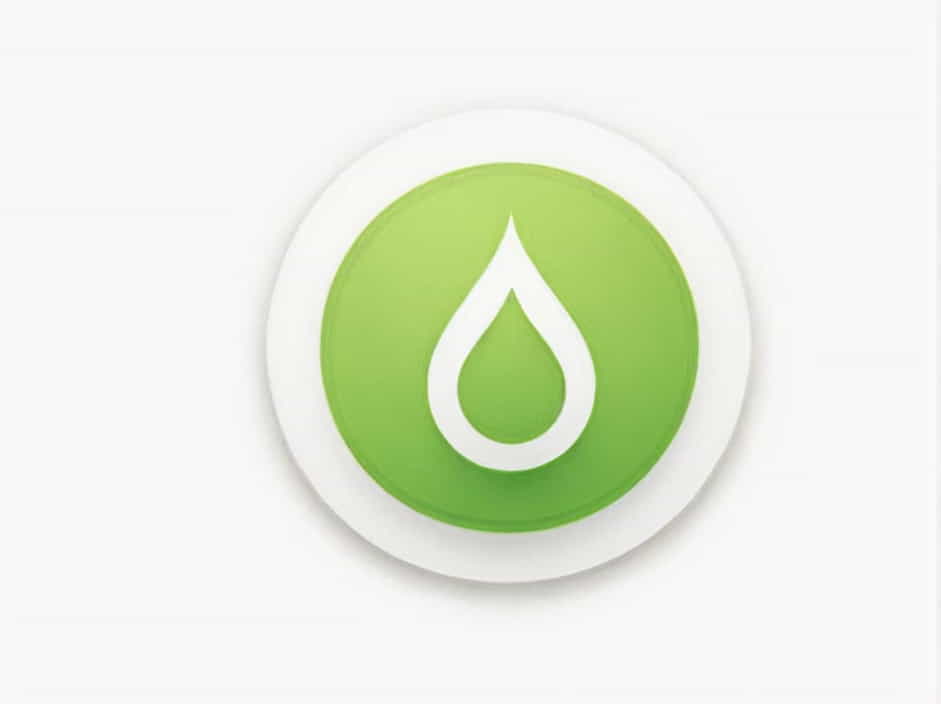Limewater is a common laboratory reagent used to test for carbon dioxide (CO₂) gas. When CO₂ is bubbled through limewater, an interesting chemical transformation occurs, leading to the formation of insoluble calcium carbonate (CaCO₃) and, if CO₂ is in excess, soluble calcium bicarbonate (Ca(HCO₃)₂).
This reaction has significant applications in chemistry, industry, and environmental science. In this topic, we will explore the chemical changes that occur when excess CO₂ is passed through limewater, the equations involved, and real-world applications of this reaction.
What is Limewater?
Definition and Composition
Limewater is a dilute aqueous solution of calcium hydroxide (Ca(OH)₂). It is alkaline and has a mildly bitter taste. It is commonly used as a test for carbon dioxide because of its characteristic reaction with CO₂.
Properties of Limewater
-
Chemical Formula: Ca(OH)₂ solution
-
Appearance: Clear, colorless liquid
-
Nature: Slightly alkaline
-
Reactivity: Reacts with acids and carbon dioxide
-
Uses: CO₂ detection, water purification, and soil treatment
Now, let’s explore what happens when carbon dioxide gas is passed through limewater.
Reaction Between Limewater and Carbon Dioxide
Step 1: Formation of Calcium Carbonate (White Precipitate)
When carbon dioxide is bubbled through limewater, it reacts with calcium hydroxide to form calcium carbonate (CaCO₃), which appears as a milky white precipitate.
-
Calcium carbonate (CaCO₃) is insoluble in water, which is why the solution turns milky or cloudy.
-
This reaction is commonly used as a test for CO₂ gas in chemistry experiments.
Step 2: Formation of Calcium Bicarbonate (Soluble in Water)
If excess CO₂ continues to pass through the limewater, the white precipitate disappears, and the solution turns clear again. This happens because calcium carbonate (CaCO₃) reacts with more CO₂ and water (H₂O) to form calcium bicarbonate (Ca(HCO₃)₂), which is soluble in water.
-
Calcium bicarbonate (Ca(HCO₃)₂) is soluble in water, which is why the solution becomes clear again.
-
This reaction is reversible, meaning that heating the solution can decompose calcium bicarbonate back into calcium carbonate.
Why Does Limewater Turn Milky and Then Clear?
The milky appearance occurs due to the formation of insoluble calcium carbonate (CaCO₃). However, if excess CO₂ is added, CaCO₃ dissolves into soluble calcium bicarbonate (Ca(HCO₃)₂), making the solution clear again.
This two-step reaction is commonly used to understand acid-base interactions, water hardness, and carbon dioxide behavior in natural systems.
Industrial and Environmental Applications
1. CO₂ Detection and Chemical Analysis
-
Used in chemistry laboratories to test for the presence of carbon dioxide.
-
Employed in breath analysis to measure exhaled CO₂ levels in medical diagnostics.
2. Role in Water Hardness and Scaling
-
Calcium bicarbonate (Ca(HCO₃)₂) is responsible for temporary hardness in water.
-
When hard water is heated, calcium bicarbonate decomposes, forming insoluble calcium carbonate (CaCO₃), which leads to limescale buildup in pipes, kettles, and boilers.
3. Environmental Impact: Ocean Acidification
-
Carbon dioxide dissolves in seawater, forming carbonic acid (H₂CO₃), which reacts with calcium compounds in marine ecosystems.
-
This affects coral reefs, as excessive CO₂ can dissolve calcium carbonate (CaCO₃) structures, weakening marine organisms like corals and shellfish.
4. Agriculture and Soil Treatment
-
Limewater is used to neutralize acidic soils, improving crop yields.
-
The reaction between lime (CaO), water (H₂O), and CO₂ helps in maintaining soil pH balance.
5. Industrial Applications: Sugar Refining and Paper Making
-
Used in sugar refining to remove impurities by precipitating unwanted materials.
-
In paper manufacturing, limewater plays a role in pulp processing and bleaching.
Frequently Asked Questions (FAQs)
1. Why does limewater turn milky when CO₂ is passed through it?
Limewater turns milky due to the formation of calcium carbonate (CaCO₃), which is insoluble in water.
2. What happens if excess CO₂ is added to limewater?
The white precipitate dissolves, forming soluble calcium bicarbonate (Ca(HCO₃)₂), making the solution clear again.
3. Can this reaction be reversed?
Yes. Heating the clear solution decomposes calcium bicarbonate (Ca(HCO₃)₂) back into calcium carbonate (CaCO₃), CO₂, and water.
4. How is this reaction used in real life?
-
Water purification and softening
-
Carbon dioxide detection
-
Industrial and agricultural applications
5. Is limewater harmful?
Limewater is mildly caustic and should be handled with care. Avoid contact with skin and eyes to prevent irritation.
Passing CO₂ through limewater results in a fascinating chemical transformation. Initially, the formation of calcium carbonate (CaCO₃) causes milky turbidity in the solution. However, when excess CO₂ is introduced, calcium bicarbonate (Ca(HCO₃)₂) dissolves in water, making the solution clear again.
This reaction is widely used in scientific experiments, water treatment, environmental studies, and industrial processes. Understanding these chemical interactions helps in applications ranging from detecting carbon dioxide to managing water hardness and pollution control.
